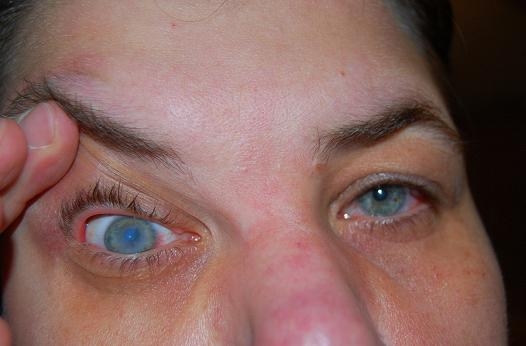Keratoconus Symptoms, Causes, Diagnosis and Treatment

What is Keratoconus?
It is an eye disease wherein the cornea’s structure is affected. From a standard round shape of a cornea, keratoconus gradually changes it into a cone shape. In addition to this, the eye also tends to bulge out. Such lead to vision problems.
What Are The Symptoms Of Keratoconus?
The initial sign of keratoconus is the subtle blurred vision. The problem does not resolve by means of glasses. Gradually, one may experience the following:
- Eye halos.
- Vision problems at night.
- Eye glare.
- Nearsightedness.
Nearsightedness slowly turns worse, preceding the development of astigmatism.
What Causes Keratoconus?
The exact cause of keratoconus is unknown; yet possibly, one has the tendency to develop the condition from birth. Researchers believe the contribution of a defect in collagen. Basically, collagen is the tissue responsible for giving our cornea its shape and strength. According to some doctors, eye allergies and eye rubbing paces the damage to the cornea.
How Is Keratoconus Diagnosed?
Usually, keratoconus is detected in adolescence. Following can help in its diagnosis:
- Corneal topography is the most precise test that helps to diagnose the condition accurately. It creates a map of your cornea’s curve.
- Furthermore, slit-lamp examination tends to diagnose keratoconus in its advanced stages.
- Pachymetry is a test that helps to measure your corneal thickness.
How Is Keratoconus Treated?
Mild to moderate cases of keratoconus are treated by means of contact lenses or eyeglasses. For majority individuals, the cornea gets stable after several years. Usually, they do not face serious vision problems, thus need no further treatment. After being diagnosed with the condition, wearing sunglasses while going out can greatly help prevent or slow down further damage to the cornea. However in certain instances, the cornea gets scarred, thus, surgery becomes mandatory.
Specifically, surgery is required in case of experiencing the following:
- Intense thinning of cornea.
- Corneal scarring.
- Unable to wear any kind of contact lenses.
- Vision problems even with the strongest lenses prescribed by your doctor.
Quite a few surgical options are available nowadays, such as:
- Keratoplasty and
- intracorneal ring segments.
Which surgical option is best for the case, depends upon the severity of condition and the bulging cone’s location.
What Is The Prognosis Of Keratocnous?
Rigid gas-permeable contact lenses can help correct the vision in usual instances. Though, in cases where corneal transplantation is required, consequents are often good. Furthermore, recovery period is long, whereas patients still need to wear contact lenses.
What Is Keratoconus Preventable?
Unfortunately, there is nothing you can do to prevent keratoconus. According to some specialists, individuals with the condition must get their eye allergies promptly treated. In addition this, the patients should be strictly advice not to rub their eyes. After being diagnosed with the condition, wearing sunglasses while going out can greatly help prevent or slow down further damage to the cornea.
By : Natural Health News




